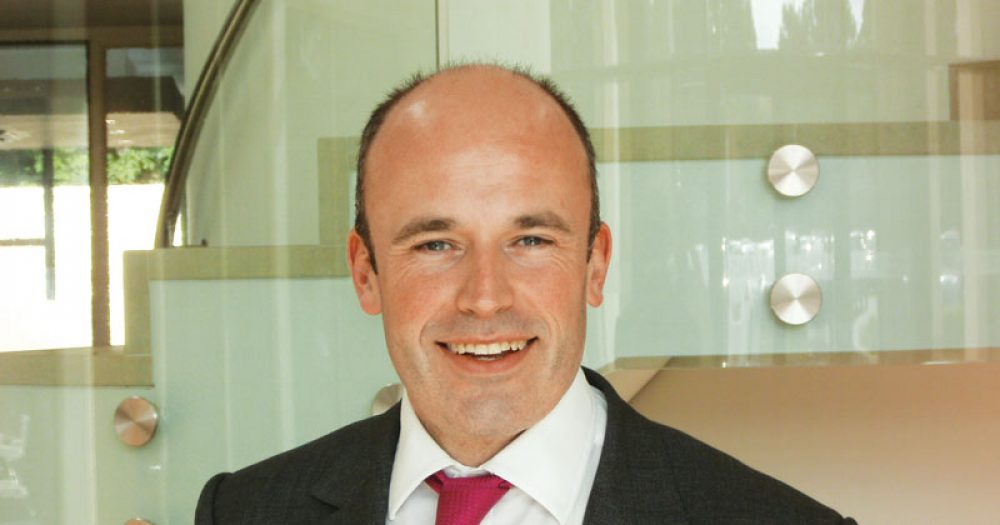Twenty schools is “too small” for a multi-academy trust because they will not be able to fund the training and services that are increasingly expected of them, says the chief executive of a multi-academy trust.
Jon Coles, of United Learning, said the “long-term risk” to the academy system being successful was “not trusts being too big, but that they will be too small”.
Bigger trusts had more capacity to train staff, provide specialist services and invest in difficult schools because they have a larger budget and can make savings on back-office costs, Coles said following a panel debate called Does Size Matter? The Growth of Multi-Academy Trusts.
But business directors said the “local detail” of each school’s character and finances was lost when trusts expanded much beyond 20 schools.
John Banbrook, the business and finance director at Faringdon Academy of Schools in Oxfordshire, whose chair, Liz Holmes, sat on the panel, said growing too large ran the risk of trusts falling “back into the failed local authority model we were trying to get away from” in which councils were having to oversee too many schools.
MATs aren’t supposed to do everything. That’s what teaching school alliances are for
His trust of eight schools, which planned to join another trust to have 15 schools, would still be a size where he was able to talk “in detail about every single school”. If it grew beyond 20, the trust would rely more on data and be a “step removed” from schools on the ground, running the risk of getting into difficulties.
But Coles said his trust’s turnover of £360 million – the result of 40,000 pupils at 46 academies and 13 independent schools – allowed even a 1 per cent investment in teacher training to be a “substantial resource” and meant the trust could train 100 new teachers a year.
National schools commissioner Sir David Carter’s recommendation that 1,200 pupils should be the minimum size for a MAT was therefore “much too small”, because such a trust would only have a budget of about £5 to £6 million, he said. Carter made the comments in March last year.
“To get real advantages of scale, I think a trust needs to be at least five to ten-times that size.”
But Emma Knights, chief executive of the National Governance Association, who also sat on the panel, said multi-academy trusts should be more focused on collaborating with local schools and trusts than trying to deliver all training and improvement themselves.
“MATs aren’t supposed to do everything. That’s what teaching school alliances are for.”
Senior leaders should also not spend “half their lives in the car” driving between lots of schools within their trust.








Might be an idea to ask E-Act for a comment.
Or AET, or CfBT, or TKAT, all trusts which grew quickly. And then there’s Reach2 – already dumping a couple of its academies because their ‘improvement would accelerate’ if they were rebrokered.
It’s a fair point, and I don’t think any sane person would disagree there are lessons which should be learned from where MATs have got it wrong in the past. (And I’d agree that sometimes these lessons don’t seem to have been acknowledged let along learned).
It should also be very important that the right due diligence is undertaken before a school joins a particular MAT:
1. The school need to research the MAT and make sure that it’s the right MAT for them. Is there a shared culture, will the right kind and level of support be provided, etc.
2. The MAT needs to research the school and make sure it’s the right school for them. As well as the points above, the MAT need be confident they can add value and improve that school.
3. The RSC needs to sense check that both of the above has happened and there is merit in that school joining that MAT.
In practice though, whatever and however much due diligence and research is done, there will be situations where it transpires a school is not in the best MAT for it. Obviously this is not ideal, and if it happens too much then it needs to be looked at closely. However I would suggest there are two important things to note in such circumstances:
A. This is not necessarily a negative aspersion on the school or the MAT, it’s just not the right fit.
B. It is far better for the problem to be acknowledged and, if possible, resolved by a rebrokerage to another MAT as soon as possible without waiting for the school’s performance to slide and several years’ of pupils being failed. I have more respect for a MAT that puts its hands up early than one which tries grimly to cling on to the bitter end.
So MATs will become more like Local authorities only not local. Why didn’t we just stay as we were with money actually getting to schools and not being spent on back office staff and HE companies who have no impact on children’s outcomes!!!!!!!!
We used to enjoy the economies of scale from large trusts; that supported training and facilities etc, they were called Local Education Authorities. Not perfect but at least there were fewer fat cats filling their pockets; and the pockets of their friends and family, with public funds!
Once the monster was created this was always going to be inevitable. To simply weather the forthcoming wave of cuts schools and MATs are going to be forced to merge just to stay solvent. To actually achieve the savings and be in a any position to develop and build reserves they are going to have to keep expanding. This has always been a government objective.